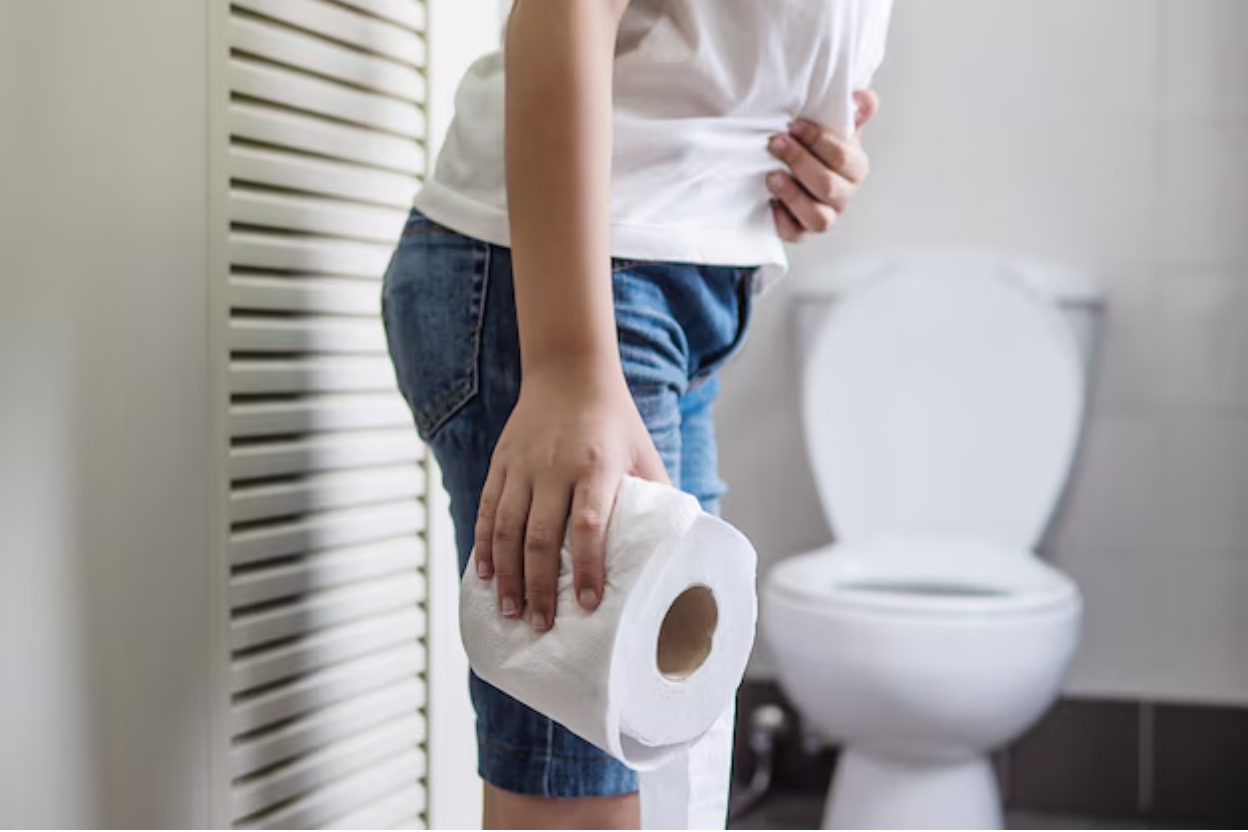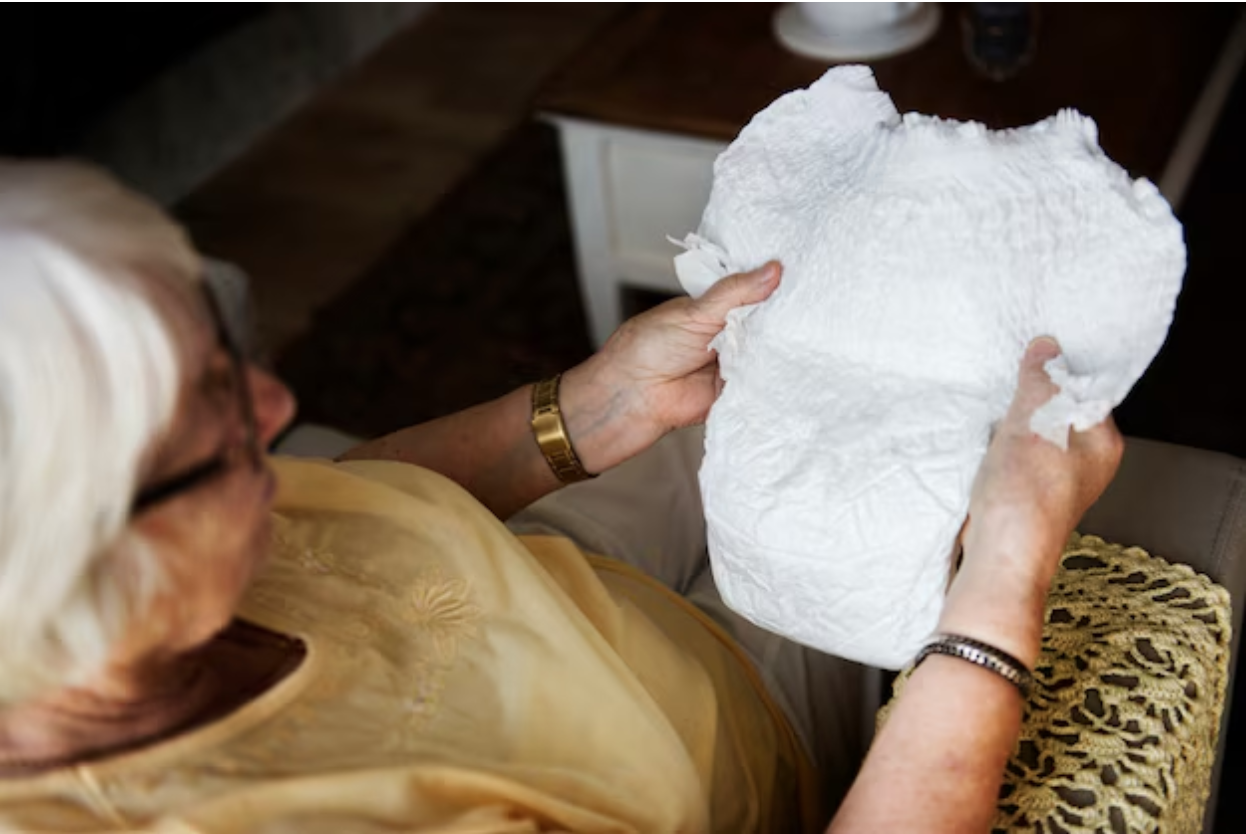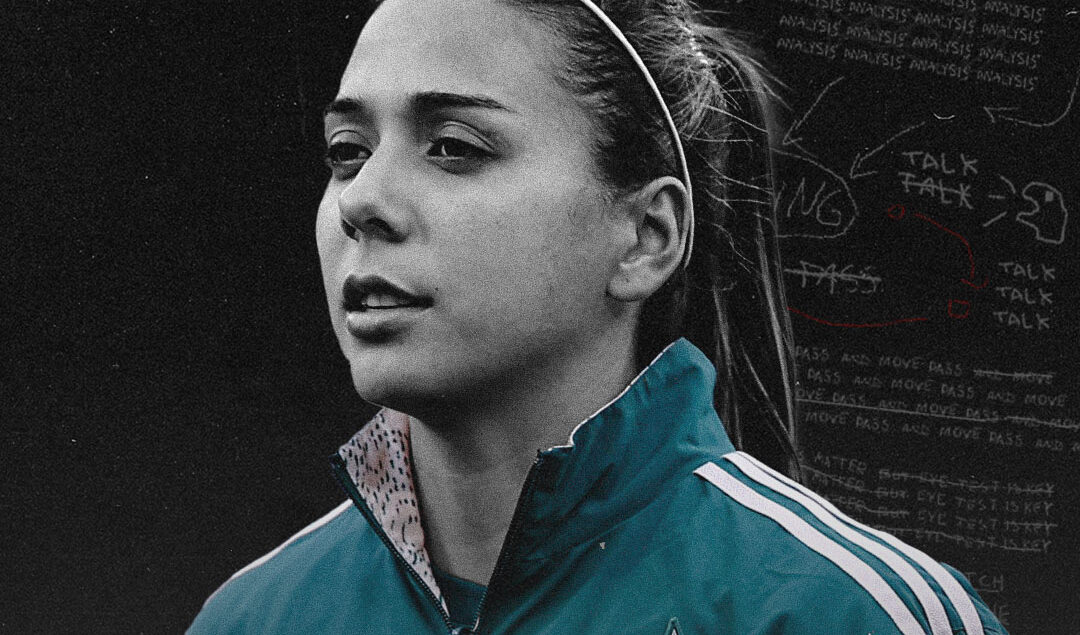5 Practical Solutions To Support Women With Incontinence Problems
If you are one of the millions of American women who suffer from urine incontinence, feelings of shame, embarrassment, and loneliness may lead you to suffer in silence. Even if you’ve had an unsuccessful operation in the past, there is an increasing variety of treatments and therapies that can help improve your symptoms and your quality of life.
According to the American Urogynecologic Society, 80-90% of women who seek therapy for urine incontinence report significant improvement.
Often, it begins after the baby is born: you go to an aerobics class, eager to lose those extra pounds, and in the middle of the workout…an accident.

“It’s embarrassing, and it can affect your quality of life – your emotional state, body image, and sexuality,” says Linda Brubaker, MD, MS, a professor of female pelvic medicine at Loyal University Chicago Stritch School of Medicine. People are unaware that it is a medical problem with available treatment.
Many women believe it is normal as part of having children or going through menopause.
Though incontinence is more common than you might think, it is not normal. There are usually easy solutions that work, some of which will be discussed below.
1. Adult diapers
Wearing adult diapers is one of the most effective strategies to manage urine incontinence. Even if you are undergoing medical intervention and standard treatments for incontinence, adult diapers can help you manage the symptoms.
That said, adult diapers for women protect them from uncomfortable circumstances by relieving their fear of bladder leakage in public. More so, they make living with incontinence considerably easier, as dealing with frequent and sudden needs to urinate may be extremely upsetting.
You may now say goodbye to the stress of racing about and seeking toilets in every available spot. Adult diapers allow you to enjoy your independence while remaining where you are. The diapers can be used both during the day and at night to provide absorbency and leak protection.
The leaking caused by urine incontinence can leave tangible stains on your clothing and bedding; adult diapers assist in ensuring that your clothes are never ruined by urinary leakage again.
Adult diapers may quickly absorb the unpleasant odor produced by the bladder as a result of incontinence, allowing you to avoid worrying about others being aware of your situation. They are also worn to treat fecal incontinence, diarrhea, and irritable bowel syndrome.
In addition, adult diapers for women come in the following types:
- Briefs: These come with tabs on the sides. The cloth or plastic backings can be reattached and worn repeatedly.
- Pull-up diapers: They mimic underpants and may be swiftly pulled up and down for optimal comfort.
- Reusable Diapers: These diapers are relatively more expensive since they have specific absorbent pads that can be washed, dried, and reused.

2. Increase your social interactions
In a publication, researchers discovered that patients who socialize frequently have better moods than those who are alone. They are also less pessimistic, more physically active, and live longer. If you are a senior woman who does not participate in an active lifestyle or has no social life, the first step is to reconnect with old friends. You can also choose like-minded folks from your church, volunteer camps, gyms, classmates, and other groups that interest you.
Walking is recommended as a progressive workout, so you can use this opportunity to mix it with socialization. Just stroll to a friend’s house, church, or a neighborhood event.
If you have a senior woman in your house, regular visits from grandchildren or children will assist elders in reconnecting with their emotions when they are unable to move.
3. Proper rest
The National Sleep Foundation recommends sleeping seven to eight hours every night. As you age, you get sleepier in the early evenings and wake up earlier. However, it is best to get the recommended amount of sleep each night and see a doctor if you have difficulty sleeping. This can be either chronic or acute sleeplessness.
4. Electrical nerve stimulation
Electrical pulses can be utilized to stimulate and modify your bladder’s response. This helps to control the need to urinate. These methods do not address stress incontinence.
Tibial nerve stimulation is one of the techniques performed in the office and does not require anesthetic. A stimulator activates your tibial nerve, which is located in your ankle. This delivers electrical stimulation to your spine, affecting the nerves that control your bladder.
5. Eat a healthy, well-balanced diet
As women age, their bodies develop allergies to numerous diets and become more susceptible to chronic illnesses like heart disease. Hence, they should choose a diet high in fiber and low in saturated fat. The Mediterranean diet is a recommended pattern since it includes items such as olive oil, seeds, vegetables and fruits, cereals, fish, legumes, and processed goods.

To combat heart disease, viruses, and germs, the immune system needs diets rich in nutrients. Fruits and vegetables include antioxidants, which help your cells thrive and keep your body healthy. Thereby, reduce your intake of sugar and fatty meals, as these diets can cause swelling in the body and impair immunological function.
In the end!
Urinary incontinence is a prevalent illness that affects millions of women globally. The good news is that many effective home therapies for urine incontinence can help control and possibly relieve the issue. Natural therapies for urine incontinence, ranging from pelvic floor exercises and dietary adjustments to herbal remedies and essential oils, can help women improve bladder control and overall quality of life.
However, contacting a healthcare expert before attempting home remedies or therapies is critical, as they may have specific medical requirements. If the symptoms persist or worsen, seeking medical assistance at a specialized hospital is critical for an accurate diagnosis and individualized treatment plan.
